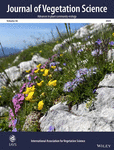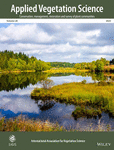Journal list menu
Export Citations
Download PDFs
RESEARCH ARTICLE
Fine Scale Patterns and Drivers of Plant Species Richness on a Sub-Antarctic Island
- First Published: 07 March 2025
Under the Crown of Scattered Beech (Fagus sylvatica): Impact on Plant Community, Soil Resources, and Fungal Diversity
- First Published: 07 March 2025
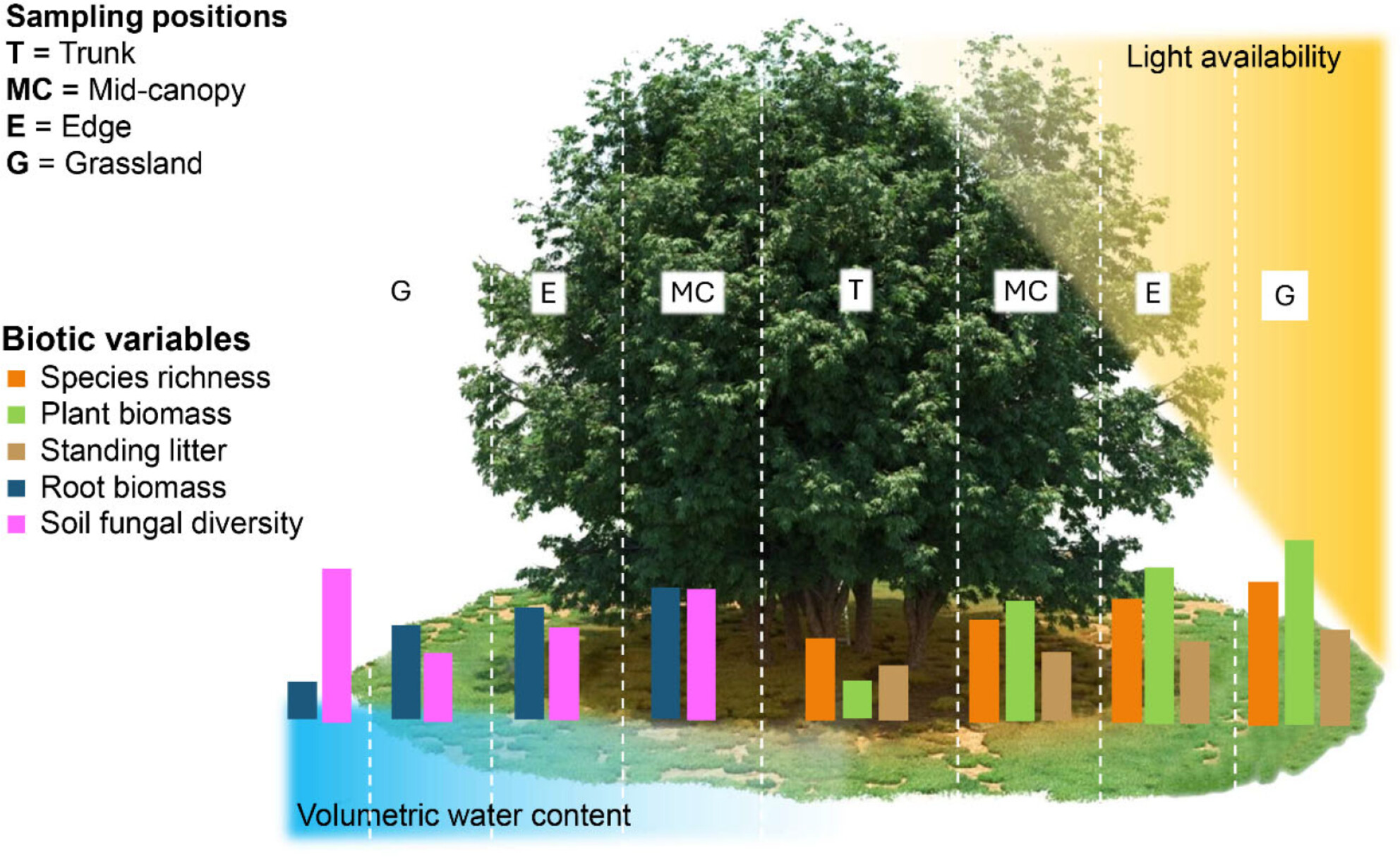
This study highlights the ecological role of scattered Fagus sylvatica trees in seminatural grasslands. These trees act as ecosystem engineers, enhancing biodiversity by creating gradients in light, soil nutrients, and water availability. They shape distinct plant and fungal communities, emphasizing their importance for conservation and the need to manage wooded grasslands to preserve their ecological value.
Experimental Warming Affects Salt Marsh Litter Decomposition Through Changes in Plant Species Assemblage
- First Published: 07 March 2025
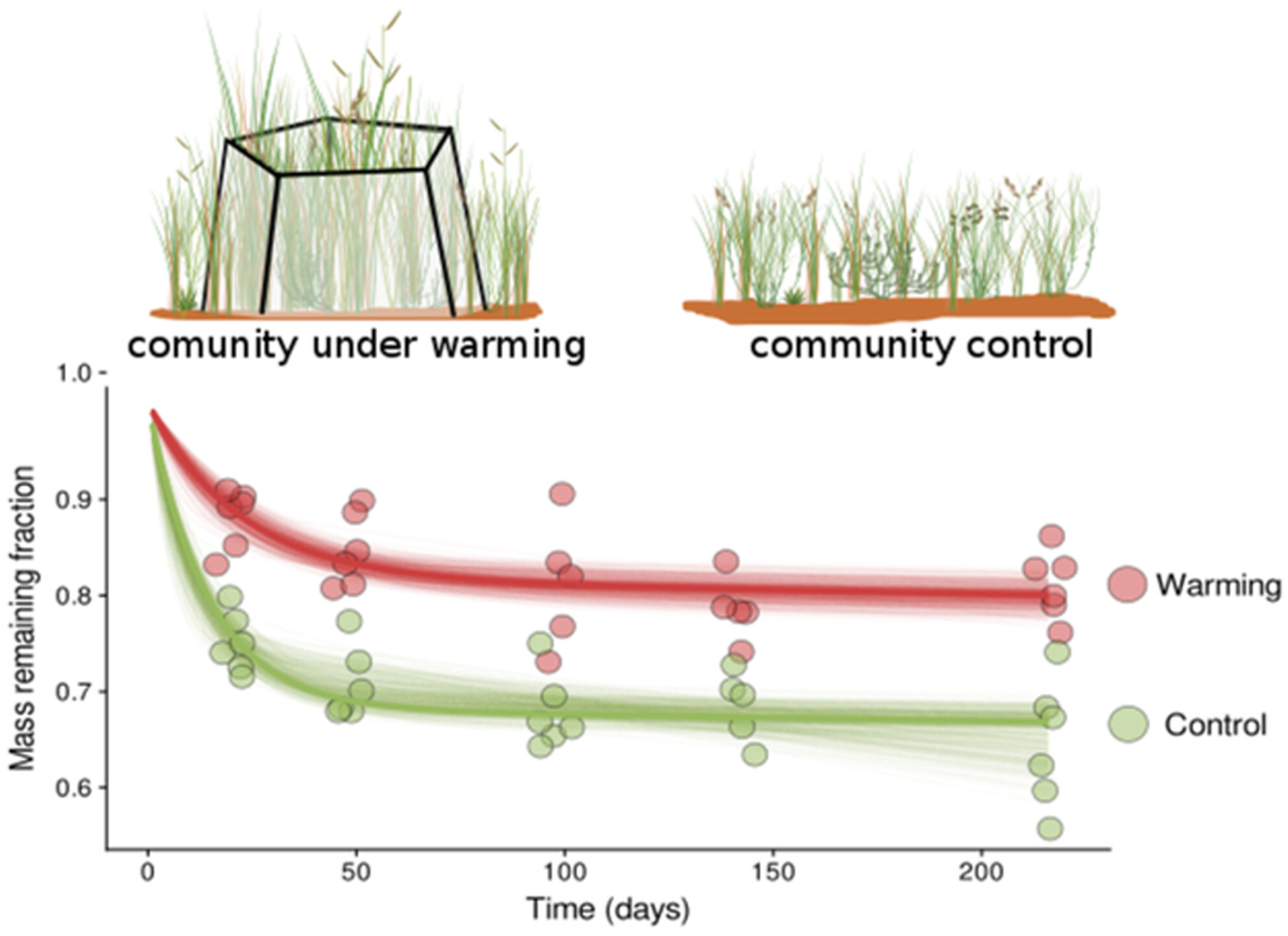
Increasing global temperatures may influence detritus decomposition both directly and indirectly via plant community alterations. Our study in Atlantic salt marshes found that higher temperatures decreased decomposition rates while increasing Spartina densiflora dominance. The recalcitrant detritus of Spartina, which decomposes more slowly than that of other species, likely contributes significantly to the observed reduction in decomposition rates.
A Virulent Soil Pathogen Alters Temperate Rain Forest Understorey Sapling Population Dynamics and Successional Trajectories
- First Published: 19 March 2025
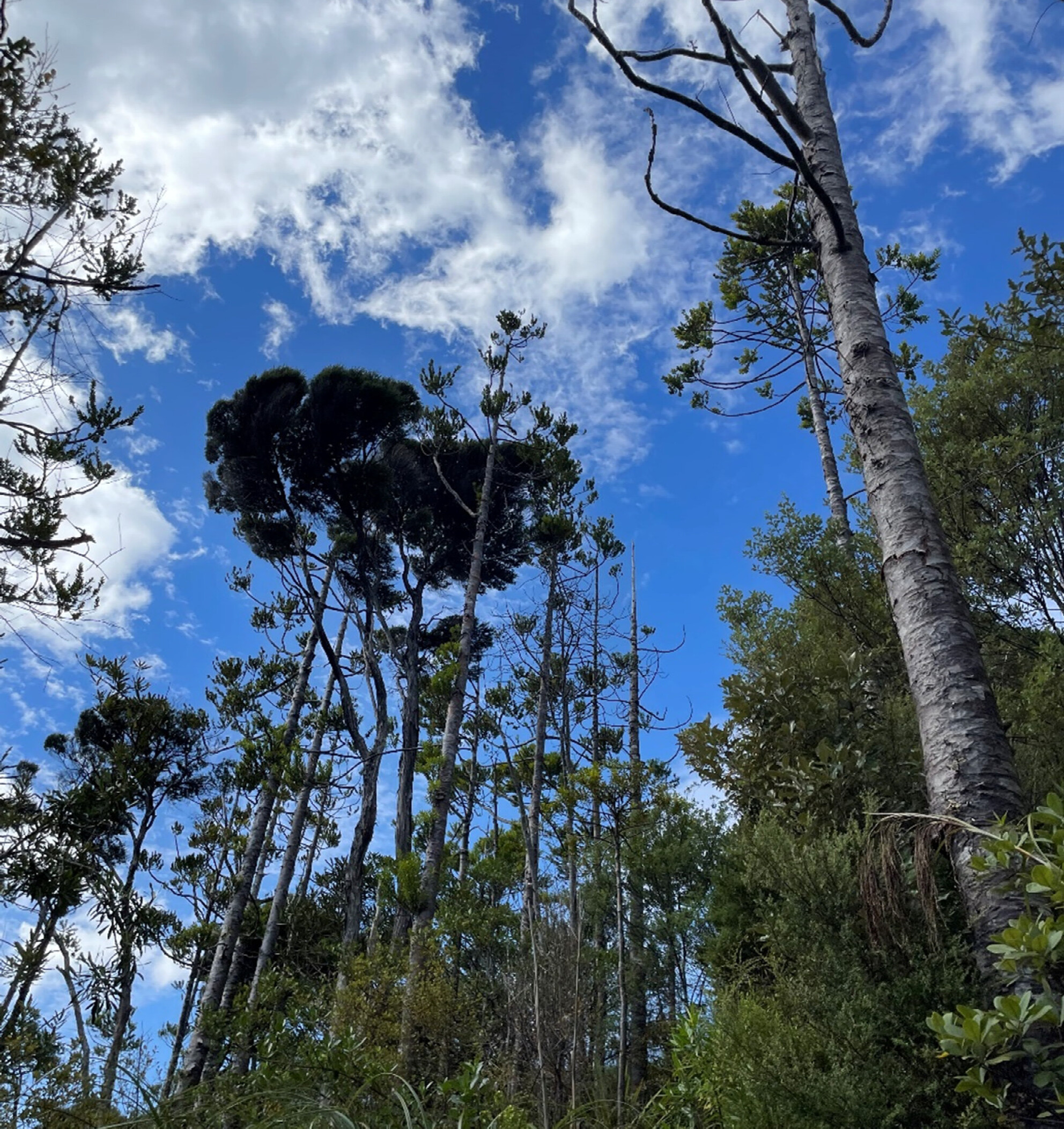
This study investigates understorey sapling dynamics and the effects of Phytophthora agathidicida, within stands that were dominated by the susceptible conifer Agathis australis through repeat measurements. Data P. agathidicida-induced overstorey mortality appeared to induce a growth release in otherwise supressed A. australis saplings and allospecifics in an early successional plot, particularly those of light-demanding species, suggesting retrogressive succession in this plot.
Dieback of Calluna vulgaris in a Coastal Heathland After the 2018 Extreme Drought
- First Published: 14 March 2025
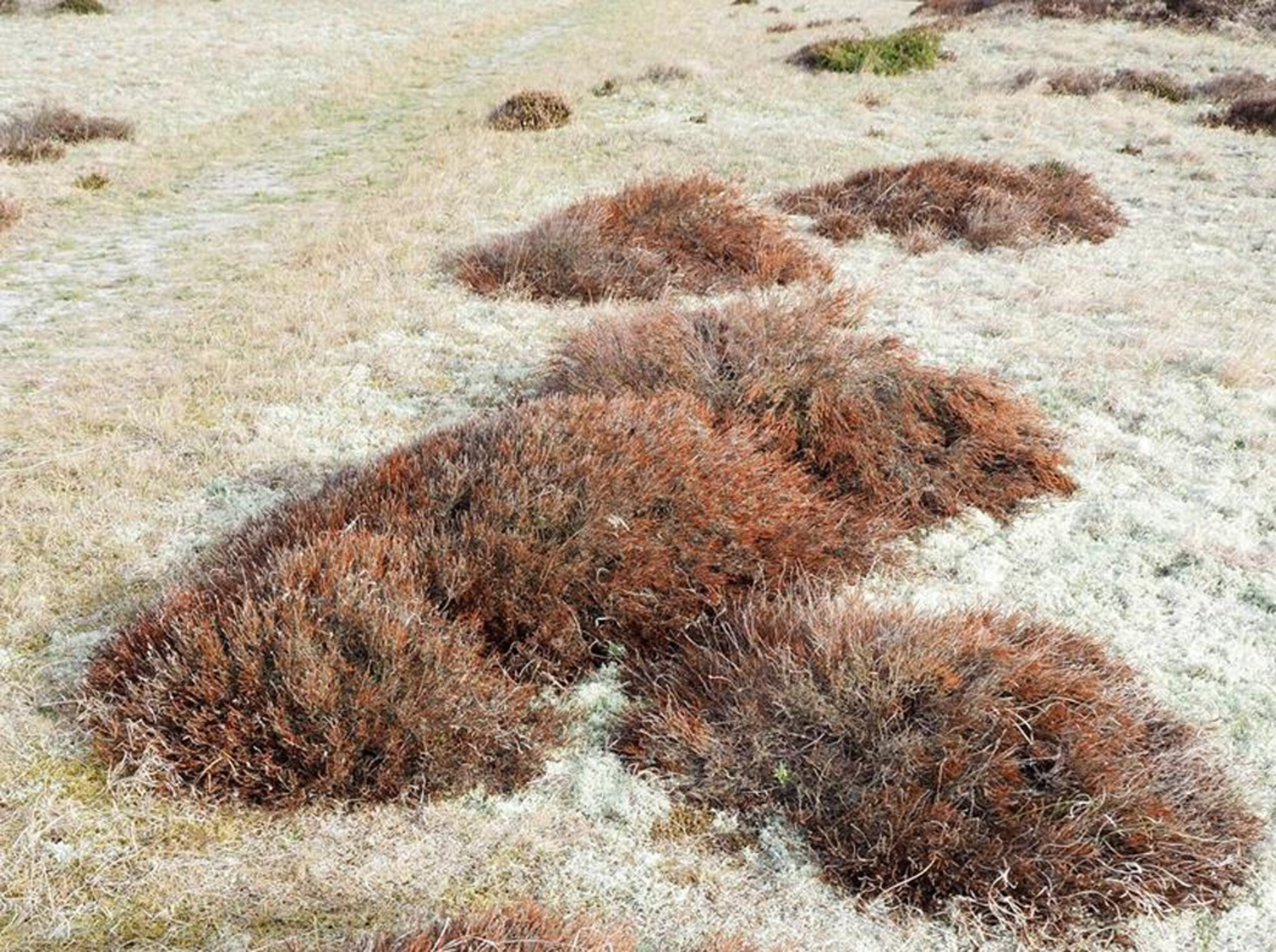
We studied Calluna vulgaris responses to the 2018 drought in the coastal heathland of Hiddensee Island (NE Germany). Plant damage increased with elevation but also varied among neighboring plants, linked to plant size. Healthy individuals were taller and had larger crown areas than weakened or dead individuals. Age and past growth did not affect the observed differences in responses.
Detecting Subtle Change in Species and Trait Composition and Quantifying Its Uncertainty in a Boreal Peatland
- First Published: 17 March 2025
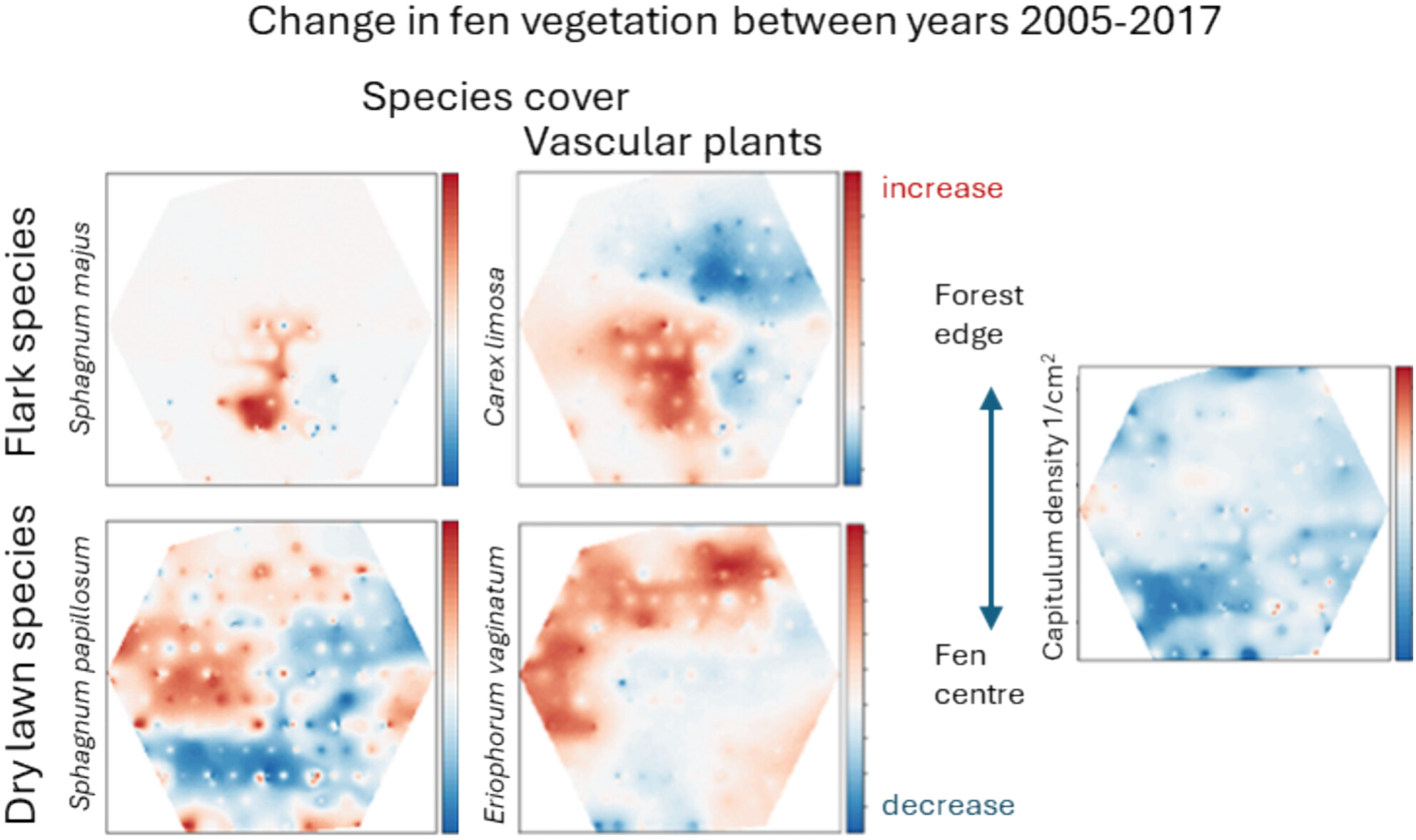
This study quantified short-term changes in plant species and trait composition in a boreal fen. Our results indicated an increasing cover of dry-adapted species, but simultaneously local increases of wet-adapted species. Utilising a novel joint species distribution model enabled detecting the magnitude and uncertainty of changes that were small in magnitude and spatially nonuniform, even occurring locally towards opposing directions.
How Does Fire Exclusion Affect the Belowground Biomass of Tropical Open Ecosystems?
- First Published: 18 March 2025
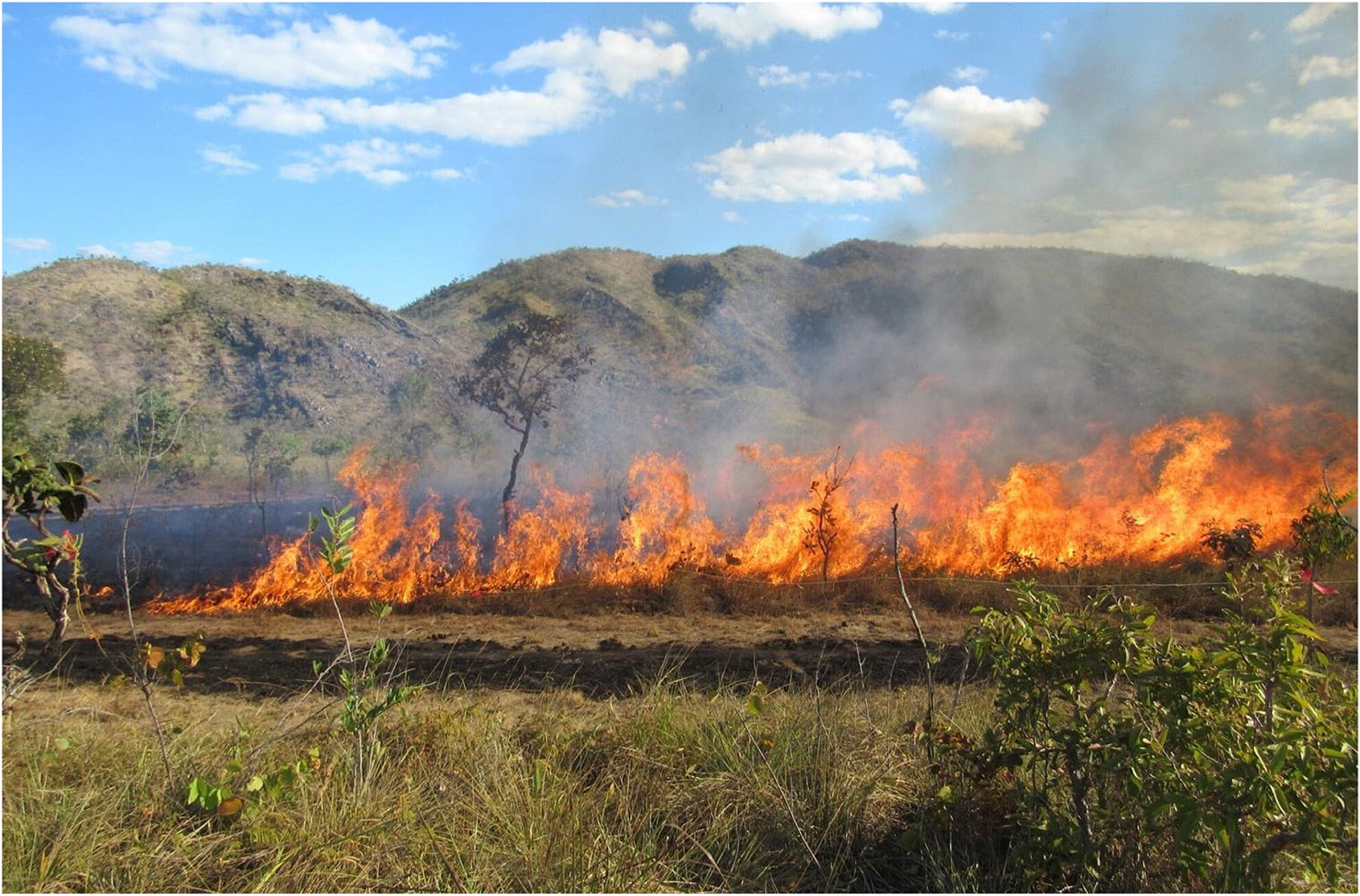
We studied how fire affects biomass allocation in tropical open ecosystems by understanding the differences across several belowground compartments in frequently burnt and fire-excluded areas. Fire increases allocation belowground and divergence in the composition of bud-bearing belowground organs, boosting the proportion of organs associated with post-fire resprouting. Our findings highlight the shift in belowground regeneration strategies of fire-excluded open ecosystems.
Exploring Priority and Year Effects on Plant Diversity, Productivity and Vertical Root Distribution: First Insights From a Grassland Field Experiment
- First Published: 20 March 2025

In a field experiment, we tested how priority and year effects influence the aboveground and belowground structure and functioning of dry acidic grasslands. Time since establishment and year of initiation of an experiment were strong drivers of community composition and productivity. Plant functional group order of arrival affected root distribution, with deeper rooting when forbs or legumes were sown first.
Measuring Them all: Individual-Based Functional Spatial Patterns in Mountain Grasslands
- First Published: 22 March 2025
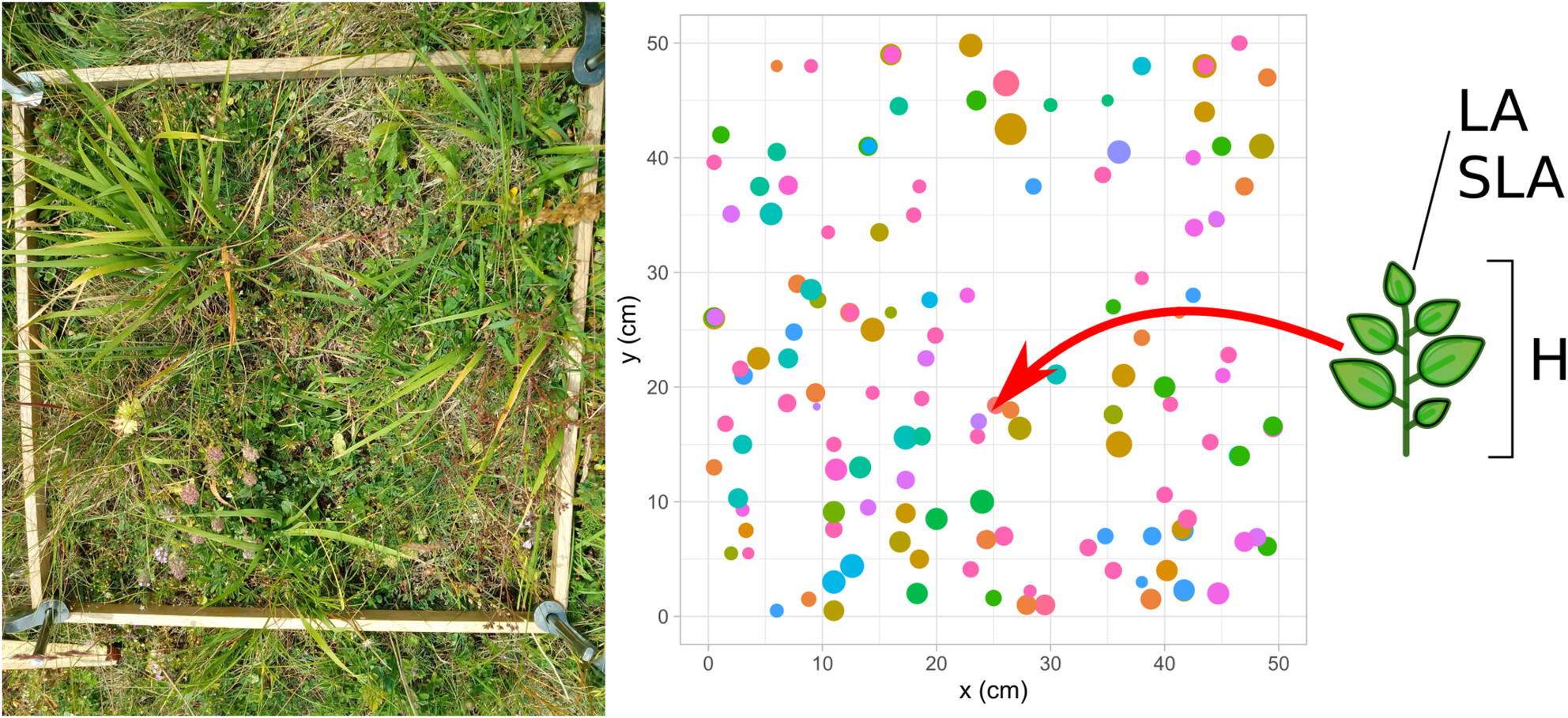
By measuring height, leaf area, and specific leaf area for all individuals in 50 cm × 50 cm grassland plots, we detected nonrandom functional patterns below 10 cm. These patterns differed between traits and grassland physiognomy. At this fine scale, taxonomic identity is less important than the functional setting of individuals.
Successful Alien Plant Species Exhibit Functional Dissimilarity From Natives Under Varied Climatic Conditions but Not Under Increased Nutrient Availability
- First Published: 25 March 2025
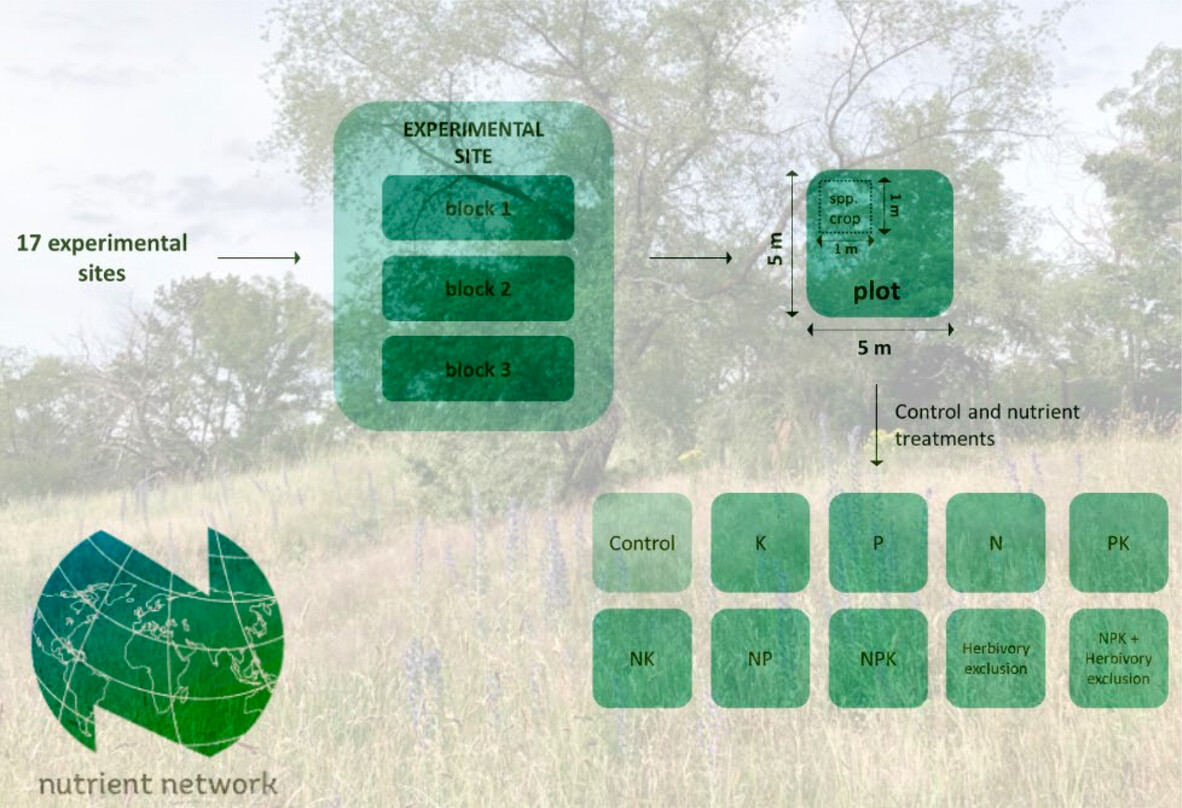
This study examines how alien and native plant species differ functionally under varying environmental conditions. Using data from a global grassland experiment (NutNet), it explores the impact of climate and nutrient changes on species success. Findings reveal that alien species thrive in diverse climates but not necessarily in high-nutrient environments, offering insights into invasion ecology.
Novel Fires Shift Biological Legacies Away From Natural Regeneration in Caribbean Tropical Dry Forest
- First Published: 17 April 2025
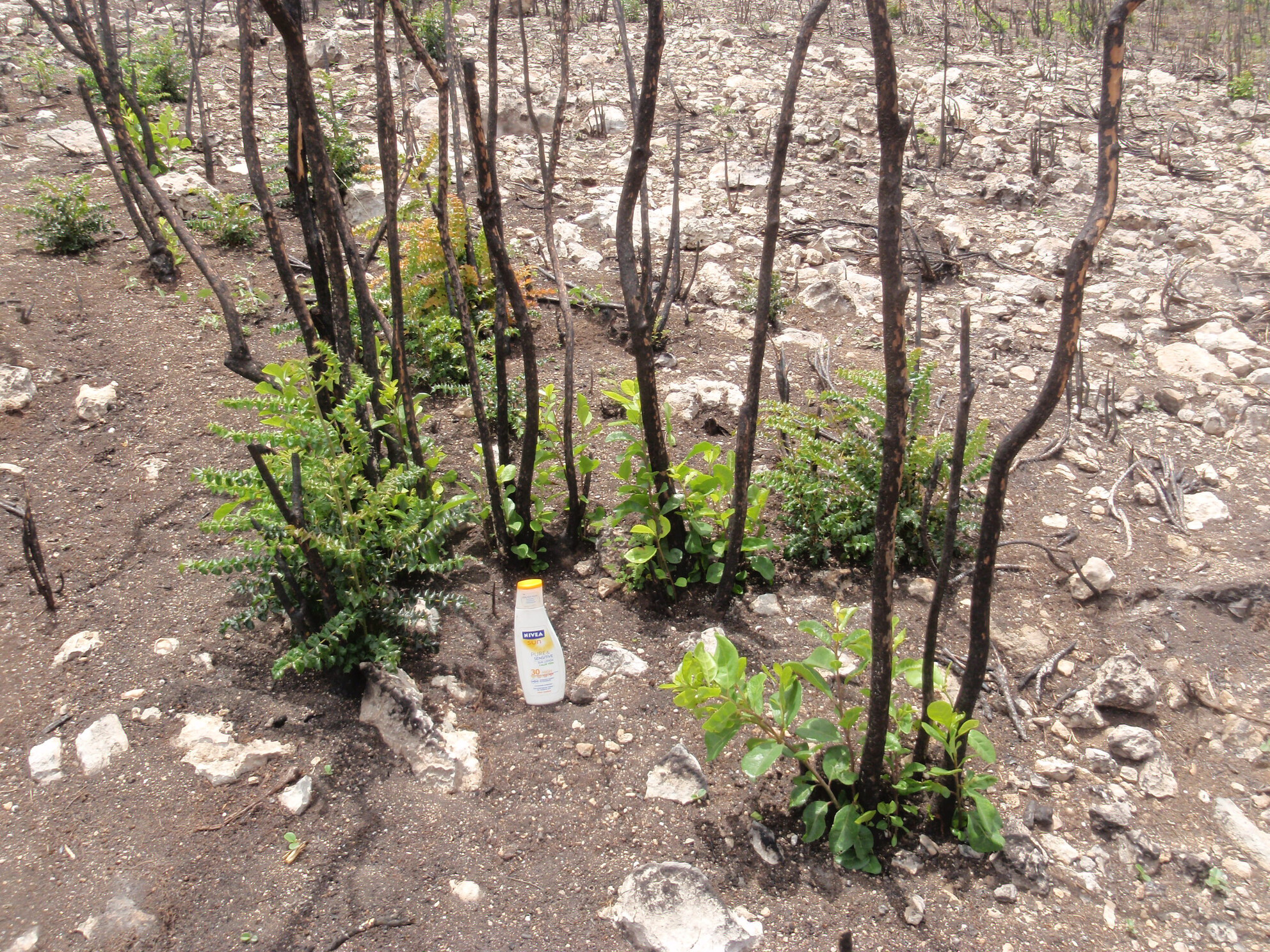
Fire threatens the resilience of Caribbean tropical dry forests by disrupting biological legacies essential for regeneration. Our study reveals that while trees exhibit strong basal resprouting, long-term recovery of structure and diversity is limited. Fire-driven changes promote degraded states, including exotic grass invasion. We propose a conceptual model illustrating how fire alters regeneration dynamics in these vulnerable ecosystems.
Propagule Pressure and Soil Disturbance Diminish Plant Community Resistance to Invasion Across Habitat Types
- First Published: 07 April 2025
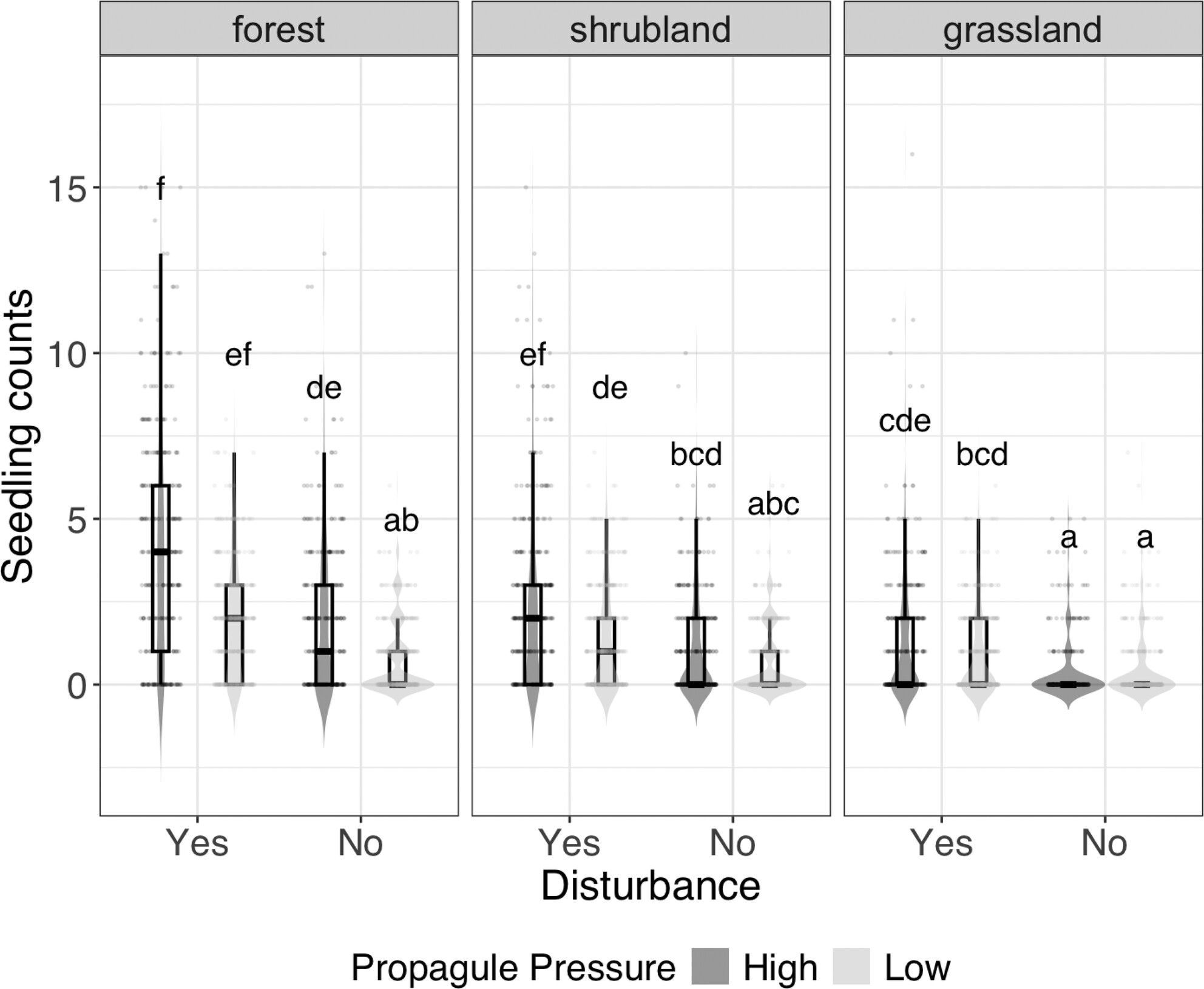
Our field experiment in Canada reveals that propagule pressure, disturbance, and species identity interact to influence habitat invasibility. Aspen forests were most invaded, while prairie grasslands showed resistance. Propagule pressure and disturbance combine to increase invasibility, but effects vary by species. Additionally, a mismatch between observed levels of invasion and intrinsic invasibility suggests that these attributes do not always align.
EDITORIAL
Plant Community Responses to Climate Change: The Importance of Ecological Context Dependencies
- First Published: 21 March 2025
SPECIAL ISSUE: ISLAND PLANT COMMUNITIES
A-Islands: A Vascular Plant Dataset for Biodiversity Research and Species Monitoring on Australian Continental Islands
- First Published: 20 March 2025

Australia's coastline is surrounded by over 8000 continental islands, hosting diverse habitats and high plant diversity. The A-Islands dataset compiles plant species data from 844 islands, covering over 6500 species and all major climate zones. With repeated sampling on 251 islands, it supports research on biodiversity, island biogeography, and conservation. This open-access resource is easily integrable and continuously updated. Picture credit: Cornelia Sattler.
SPECIAL ISSUE: INVASIONS IN PLANT COMMUNITIES
Enemy Behind the Gates? Predicted Climate Change and Land-Use Intensification Likely Speed Up C4 Grass Invasions in Europe
- First Published: 13 March 2025
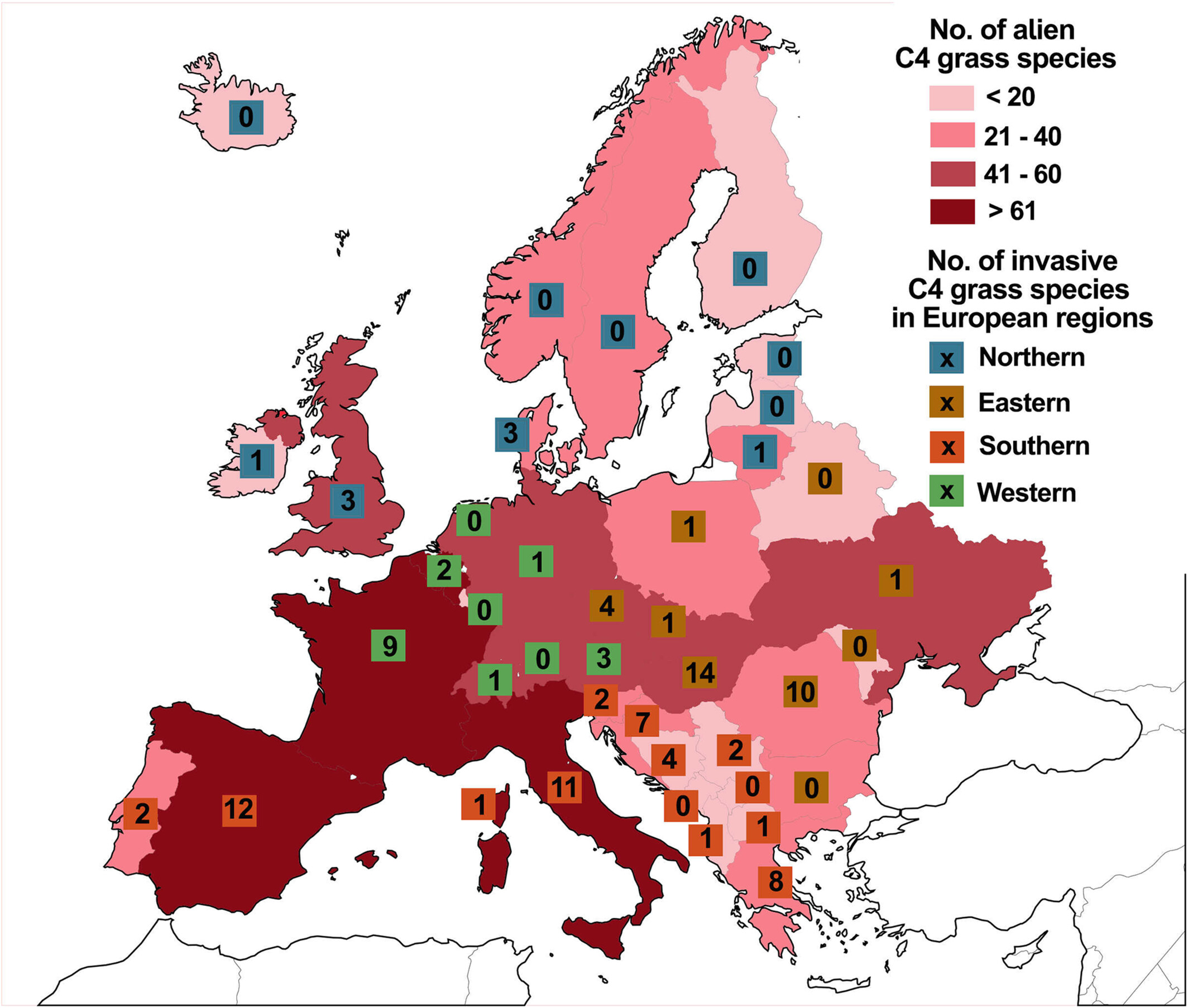
Alien C4 grass species likely benefit from a changing climate, being adapted better to drought and heat stress. (i) We compiled an up-to-date inventory of alien C4 grass species in Europe, (ii) clarified their country-wise distribution, (iii) identified the most widespread species and most invaded habitat types and (iv) assessed the temporal trend of their establishment.
CORRIGENDUM
Correction to “Response of Subalpine Plant Vegetation to Snow Cover Duration Quantified by In Situ Repeat Photography”
- First Published: 25 March 2025
RESEARCH ARTICLE
Beta-Diversity of Herbaceous Versus Woody Plant Communities Across a Tropical Rainfall Gradient
- First Published: 12 April 2025

In a previous study, we found that alpha-diversity of understory herbaceous plants showed almost opposite patterns to that of trees along a rainfall gradient in seasonally dry tropical forests of India. Here, we show that their beta-diversity patterns were remarkably similar. We suggest that strong environmental filtering by rainfall and temperature could be driving these patterns.
Shrubs as Nurse Species for Plant Communities in Arid Environments: A Case Study From Socotra Island (Yemen)
- First Published: 07 March 2025




